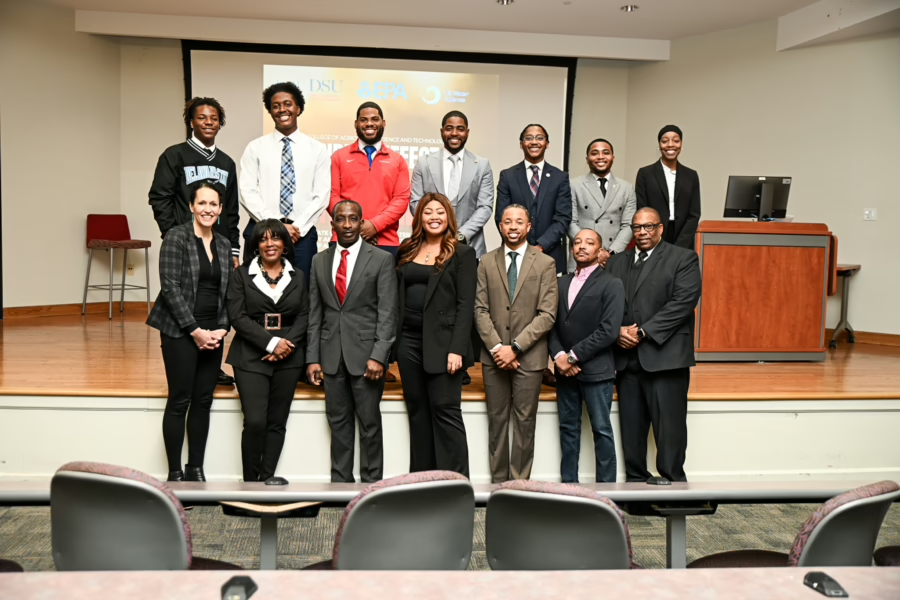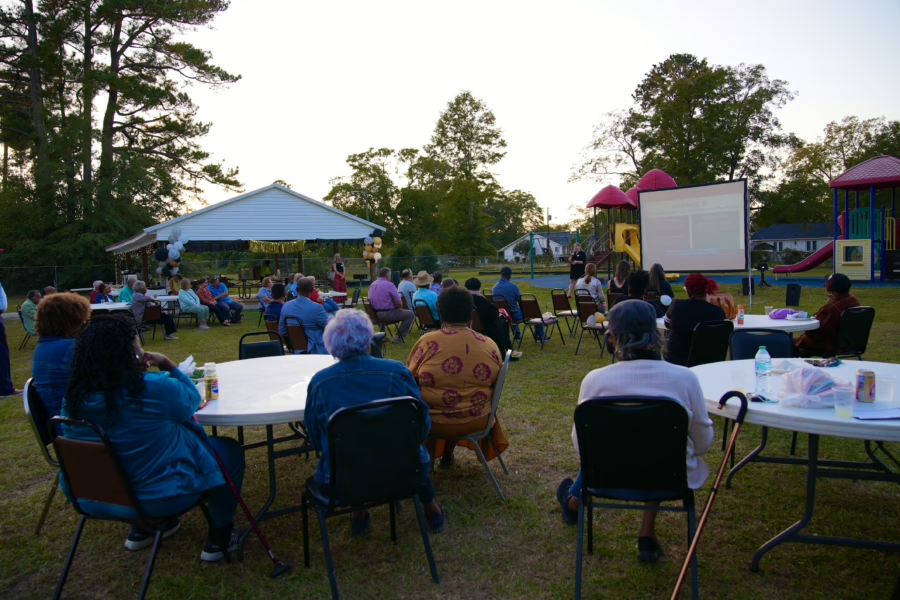The current federal and state system of water infrastructure funding is designed to improve the way we move, treat, or store water, wastewater, or stormwater. It’s not inherently designed to target disparities in infrastructure quality and service. Addressing these disparities requires reimagining the dominant ways water is funded in the United States. At the same time, the water investments coming through the 2021 Infrastructure Investment and Jobs Act are already slated to flow through long-standing channels, so those who care about advancing equity must continue to innovate within this existing system.
Far too many communities are in a state of crisis concerning their water. Over two million Americans lack access to water and sanitation in their homes, and many more are served by systems that are not providing safe and reliable service. Inequities in infrastructure reinforce and uphold other inequities in society. Race and place are the most significant factors in determining whether an individual will be exposed to environmental hazards. That is equally true when it comes to water systems. Where you live determines whether your water and your environment will be safe, whether you will be able to afford your bills, whether your home and your community can withstand flooding or drought, and if you have running water at all.
Climate change exacerbates these inequities. Each year seems to bring unprecedented and extreme events, leaving water managers scrambling to maintain adequate levels of service that protect public health and safety. The National Oceanic and Atmospheric Administration counted 20 weather and climate disasters in 2021 alone that caused losses exceeding $1 billion each.
The 2021 Infrastructure Investment and Jobs Act (IIJA) provides five years of boosted water infrastructure investments with which to reimagine the infrastructure investment and implementation paradigm. In total, the bill will provide $55 billion within that five-year timeframe.
While the IIJA is an investment of historic proportions, it is not enough to meet the nation’s current water infrastructure needs, let alone fully prepare for the future. In 2020, the Value of Water Campaign and the American Society of Civil Engineers estimated that the US needs to invest a total of $109 billion per year in water infrastructure over the next 20 years to close the water infrastructure gap. Considering this gap, the IIJA represents only a down payment on the investments needed, and advocates will have to build the case for Congress to provide more funding in the future. The case for future investment will be strongest if this funding can be invested as successfully as possible. However, many current water infrastructure investment approaches have serious limitations.
Currently, the primary vehicles for federal funding towards water infrastructure are the Clean Water and Safe Drinking Water State Revolving Fund programs (SRFs)—the same vehicles most of the IIJA investments are set to come through (about $43.5 billion of the $55 billion). State agencies administer these funds, formulaically allocated to them by the federal government. States add their own matching funds, loan project money to local water utilities, recoup those loans plus interest from water utilities, and then have that amount to re-lend in the future.
The SRF system has some challenges. First, the agencies that administer SRF dollars have limitations and capacity gaps. For example, many SRF offices are understaffed, under-resourced, and without sufficient processes in place to provide the degree of grants (via principal forgiveness) required by the IIJA, which is 49 percent.
Second, many places have not historically had the capacity to apply for state SRF funding or for planning and application readiness. Others lack the debt capacity to take on an SRF loan. The communities that struggle to access SRF funding are often those most in need of investment and burdened by inadequate infrastructure and other disparities. While 49 percent of the water funding in the IIJA is required to go out as grants via principal forgiveness, states will still need to identify and fund systems most in need to maximize the potential of these grants to advance equity.
Third, not every state defines disadvantaged communities (those which should receive special consideration based upon need) in a way that fully captures the various forms of disadvantaged communities in their state, meaning some of the most in need do not end up benefiting from the set-asides for disadvantaged places. Each state has the power to decide how it will prioritize which projects receive funding and how to define disadvantaged communities. While recognizing that each state context differs and the program allows for variation among states, it is notable that states have gradually developed disparate approaches in targeting funding to those communities most in need and in promoting equitable and maximumly beneficial outcomes.
While SRF administration at the state level does influence local water system design and project delivery, flexibilities provided within SRF programs are sometimes not well understood or employed by local water system managers. Most projects the SRFs fund are traditional single-goal projects developed with traditional project delivery mechanisms. IIJA provides an opportunity to evaluate how SRF administration and interpretation influence local water system design and project delivery, as well as identify any barriers to innovative, multi-benefit approaches. SRF applications also do not universally require water systems to meaningfully account for how their projects will address affordability, infrastructure or service inequities, community benefits, climate impacts, or feedback loops. Additionally, given the tendency for SRF funding to go to single-goal projects, some utilities may have misconceptions about how creative or innovative their project designs can be.
Our challenge is both immediate and long-term: to make the most of the five-year opportunity at hand, to explore funding system reforms where needed, and to build the will for sustained water investment. Rising to the near-term challenge will require:
- State governments to add staff and resources to the agencies that administer SRF funding, which may require policy changes and bureaucratic reform in addition to funding for adequate and competitive salaries;
- SRF administrators to ensure that definitions of disadvantaged communities capture the systems and communities facing the greatest water equity challenges;
- Technical assistance providers, SRF administrators, and philanthropy to identify and help disadvantaged communities with the engagement and project planning needed to apply for funding;
- SRF administrators to build on efforts to prioritize providing grants and principal forgiveness to disadvantaged communities, evaluating strengths and weaknesses of current approaches and making adjustments;
- Disadvantaged communities to partner with technical assistance providers, SRF fund managers, philanthropy, and others in accessing and employing funds;
- EPA to use its guidance processes to support states in maximizing equitable SRF outcomes and its performance improvement authority to hold them accountable for doing so;
- Water infrastructure stakeholders to continually highlight the positive impact of and need for water infrastructure investment.
Share your thoughts!
Equitable infrastructure investment is only possible by working together and sharing ideas and best practices. The US Water Alliance invites you to share your thoughts on social media using #OneWater, or to submit ideas directly to Emily Simonson, Director of Strategic Initiatives, at esimonson@uswateralliance.org.
This is part three of a four-part series on equitable infrastructure implementation.


